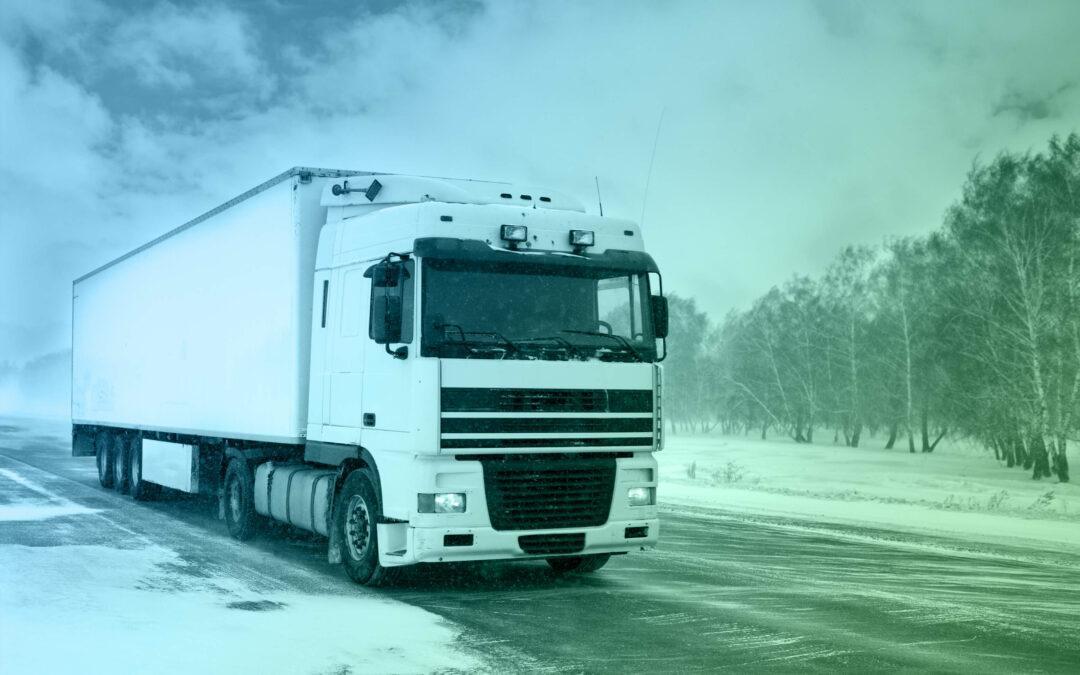Do you need to optimize your transport operations? Do you need to centralize all your fleet management from your headquarters? Do your customers ask you for real-time information on their loads? This and much is what a comprehensive fleet management system can offer. The key? Hit with your choice.
What is a fleet management system?
Let's start at the beginning, a fleet management system is a set of software and equipment that is installed on a tractor and/or trailer and allows resources and operations to be managed from the traffic area of the transport company or loader.
If you already have a load management system installed but your fleet continues to operate manually, you are missing the opportunity to fully optimize your resources, both en route and at rest, and anticipate fleet opportunities.
Before making the decision to invest in technology to modernize your fleet, it is highly recommended that you analyze your needs and prioritize them, which will help you identify the basic requirements that the fleet control system to install must meet.
We have summarized the issues to be analyzed in 10 decision points, such as the following.
10 Steps to choose a Fleet Management System
Step 1 – Adaptation to the sector
Not all systems can be installed in any type of transport, but you must make sure that the chosen System complies with the regulatory or functional requirements of the transport sector to which it belongs, such as tanker dangerous goods (ADR) with operations in zones ATEX, refrigerated transport with cold chain management, pharmaceutical transport, valuable cargo, etc.
Also check the installations/clients that the selected fleet management system has and their evaluation.
Step 2 – Basic functionality on tractor and/or trailer
Do you need to control the tractor or the tractor and trailer? What systems does the trailer have and what do you want to manage in real time? Answering these questions and analyzing your information needs will determine the functionality of the most suitable fleet management system for your company.
Step 3 – Mobility
Mobility with mobile applications (APK) and the ability to integrate these with your ERP/TMS transport software are key to offering the flexibility you will need for peak demand when outsourcing.
Step 4 – Integration with external systems of shippers and other carriers
Transport companies usually work with different clients, who have their own management system. If your customers demand real-time information on their cargo, your fleet management system must offer the integration they demand.
Check which systems it will need to integrate with and the type of integration included in the fleet management system you choose.
Step 5 – Adapted to company quality standards
The quality standards implemented in companies are a factor of competitiveness, and the fleet management and control systems must facilitate their compliance, with functionality that allows, for example, the management of documentation en route, the management of driving times, the register of operations, protocolization of processes, etc.
Step 6 – Information security and durability
The chosen system must guarantee the security and inalterability of your information and that of your clients. How do you store the data and what risk is there of modification? What security systems does it offer to prevent internal and/or external attacks?
Step 7 – Customer service and troubleshooting
How the customer service department works, what response time it offers and what contact channels it allows, are other keys that can determine your choice. The more direct and technical the customer service channel, the faster they can solve their incidents.
Step 8 – Guarantees
Analyze the warranty period of the installed equipment, its manufacturing certificates and European homologation, and its quality tests.
Step 9 – Price
What are the costs of installation, maintenance, replacement and service of the chosen system, will determine the final price, avoiding hidden costs. Also analyze the permanence clauses.
Step 10 – Evolution of the fleet management system
Knowing what new features are expected in its functionality, its evolution and its adaptation to the new demands and regulations of the market, will prevent your system from becoming obsolete in the short term.
Gesinflot is a fleet management system for road transport, with more than 20,000 installations.


